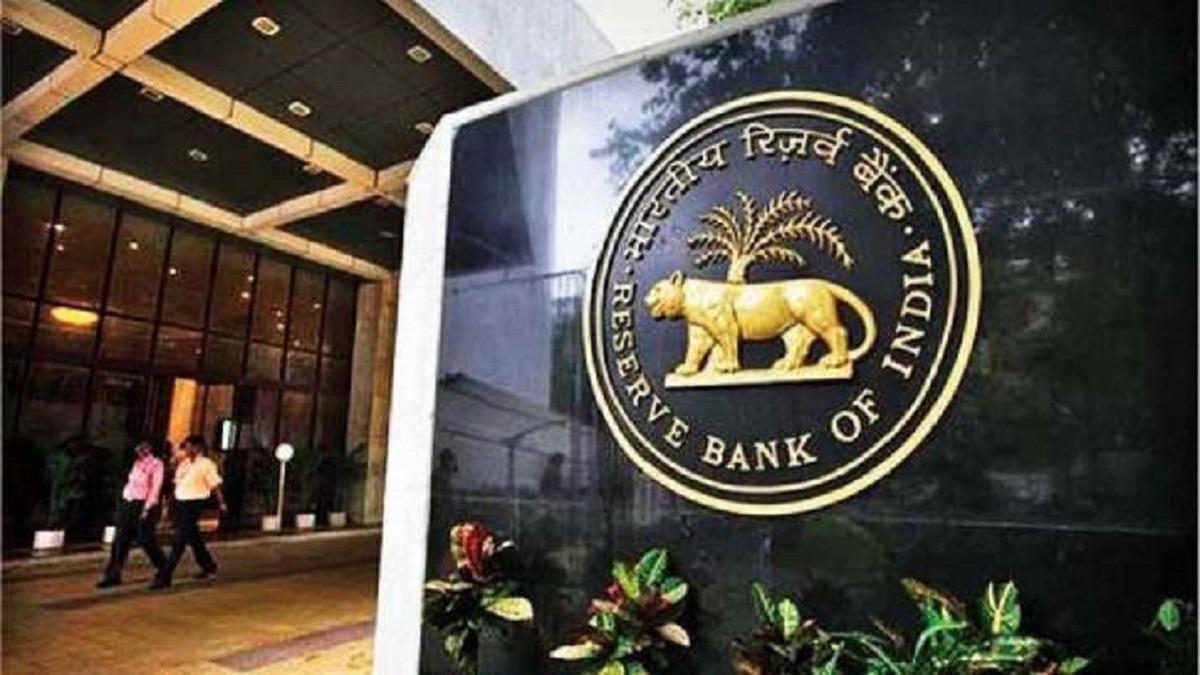Financial Stability Report Released by RBI
The 26th edition of the Financial Stability Report was released by the Reserve Bank of India on December 29. The Reserve Bank of India (RBI) publishes a financial stability report (FSR) twice a year. The report reflects the Sub-Committee of the Financial Stability and Development Council’s (FSDC) collective evaluation of the financial system’s resilience and vulnerabilities to financial stability.
Buy Prime Test Series for all Banking, SSC, Insurance & other exams
Financial Stability Report, December 2022: Highlights
- With recessionary dangers hanging large, the global economy is contending with significant obstacles.
- Multiple shocks acting in concert have tightened financial conditions and increased market volatility.
- Strong international headwinds are affecting the Indian economy.
- However, stable financial systems are being created by strong macroeconomic fundamentals, strong balance sheets in the financial and non-financial sectors, and other factors.
- The report claims that the Banks have decreased the GNPA ratio in relation to the non-performing assets (NPA) of the banking system through recoveries and write-offs.
- The GNPA ratio fell to a seven-year low of 5.0% in September 2022, and net non-performing assets (NNPA) fell to a ten-year low of 1.3%.
- These improvements in slippage reductions and asset quality.
‘Statistical Tables relating to Banks in India: 2021-22’- Web publication released by RBI
Financial Stability Report, December 2022: Key Findings
- The findings of the stress tests, which are published in this issue of the FSR, show that, should they occur, even extremely severe stress circumstances, banks would be able to survive them.
- Credit risk macro stress tests show that SCBs would be able to meet the minimum capital requirements even in the most extreme stress scenarios.
- Under baseline, medium, and severe stress scenarios, the system-level capital to risk-weighted assets ratio (CRAR) is anticipated to be 14.9%, 14.0%, and 13.1%, respectively, in September 2023.
No constraints relating to interest rate, credit, and liquidity risks were breached, according to stress testing for open-ended debt mutual funds. Both life and non-life insurance companies’ combined solvency ratios continued to be higher than the required minimum.
Find More News Related to Banking



 Indian Olympic Medal Winners List Till N...
Indian Olympic Medal Winners List Till N...
 Who is the Inventor of the Gramophone?
Who is the Inventor of the Gramophone?
 HS Dhaliwal Appointed New DGP Of Andaman...
HS Dhaliwal Appointed New DGP Of Andaman...
